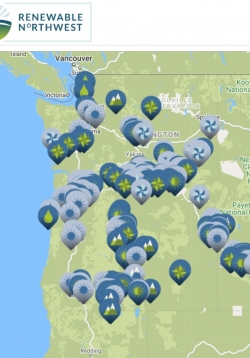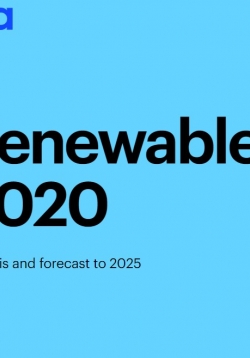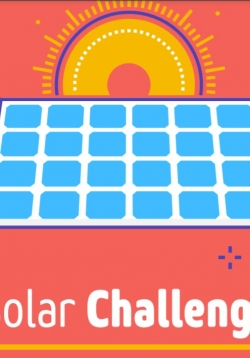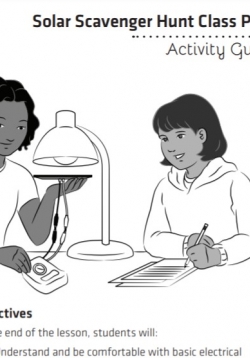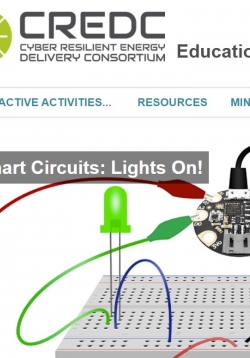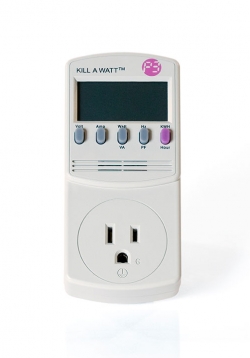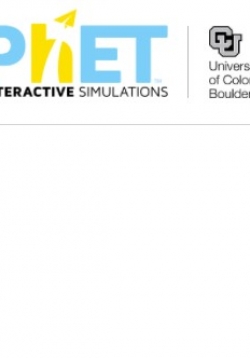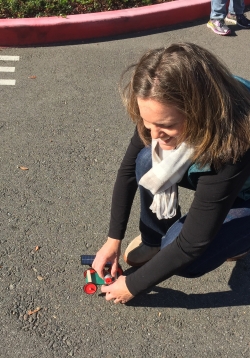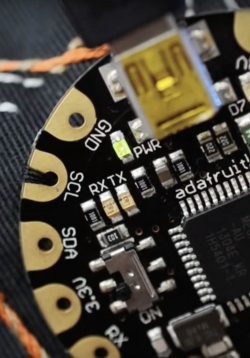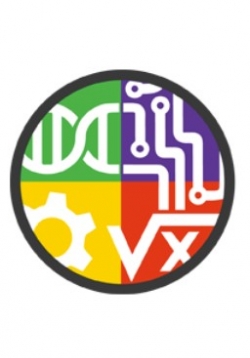
STEM AC is Idaho's statewide resource for everything STEM, including a wealth of programs, grants, oportunities, partnerships and more for Idaho's STEM educators. The mission of STEM AC is: Engineering innovative opportunities for educators, students, communities, and industry to build a competitive Idaho workforce and economy through STEM and computer science education.

